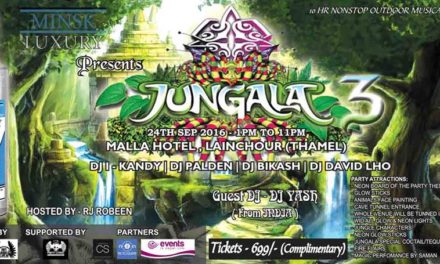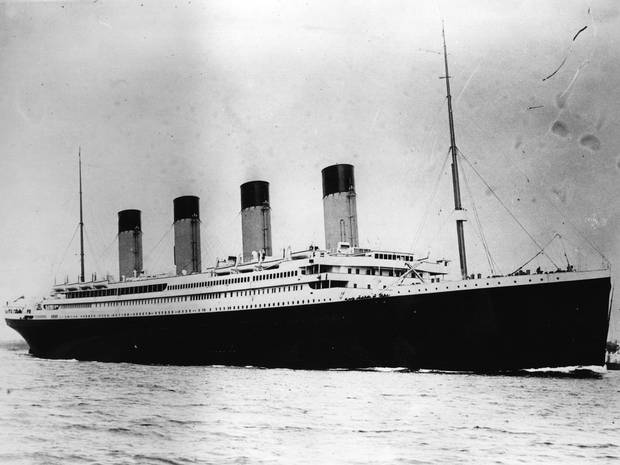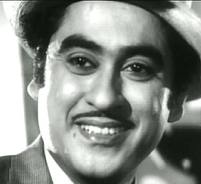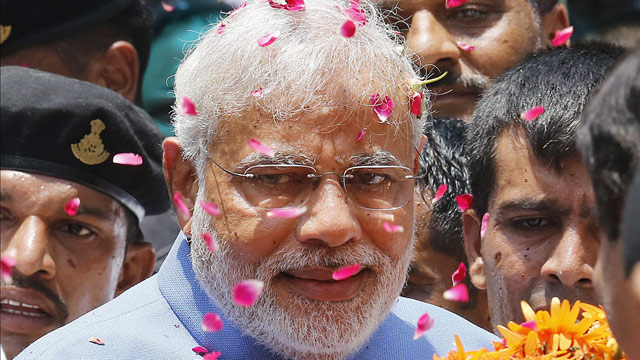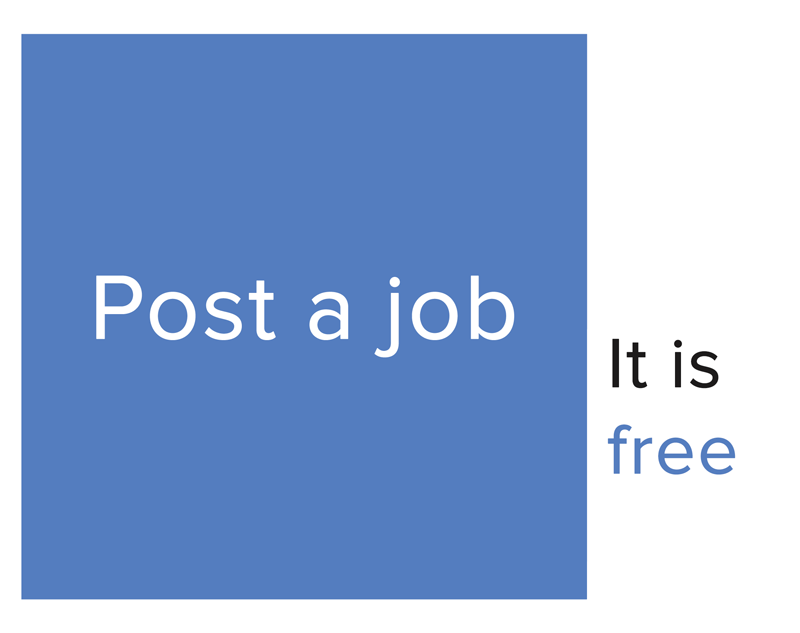
From the sinking of the Titanic to the horrors of the Second World War, history is being brought to life on Twitter in real time
Two weeks ago, the unsinkable Titanic’s unexpected sinking was documented minute by minute on Twitter. It was surreal for Twitter users to read about such momentous events playing out 102 years after the actual disaster took place in the North Atlantic. Titanic was lost to the icy waters on 15 April 1912 – all of it recalled in real time by @TitanicRealTime. It’s just one of a slew of so-called “historical tweeting” accounts bringing the past to life in the virtual world over the periods of time that they happened in the real one.
Historical tweeting seems to show that, despite Twitter sating our hunger for the freshest information, it can also be bent into another shape – and so re-imagine momentous events from days gone by. “I don’t think there’s anything wrong with it – most people understand that 140-character bursts of information are not going to give you the depth that you would get from reading a history book,” says Kate Bussmann, author of A Twitter Year: 365 Days in 140 Characters. “And if they spark people to want to go out and buy a history book and learn more, then that clearly is a good thing.”
Is social media fundamentally changing the way we experience history? “Social media is the best way to present a more accessible form of history,” says Maria Fallon, audience-development manager at The History Press, the publisher behind @TitanicRealTime. “People have very busy lives and short attention spans – 140 characters force you to be concise, and it’s the ideal platform for introducing people to the truth behind the stories in their history books.”
Historical tweeting is booming, from the North Atlantic to the Crimea. It becomes particularly potent when real-time tweeting about the past throws up uncomfortable echoes in the present. Last month, as @RealTimeWWII was tweeting about Nazi forces rolling into Crimea during the Second World War, unmarked Russian special-forces troops were intervening in today’s Crimea.
It’s obviously a lot of work for the tweeters involved. Will @RealTimeWWII really go on right until the end of 2017? “Yes, the plan is to end in September 2017 with the Japanese surrender,” says Alwyn Collinson, who combines his tweeting with research work at the National Army Museum in Chelsea. He says: “In retrospect, I wish I’d chosen a slightly shorter war.”

Past: Nazi forces roll into Crimea in 1941 (Getty Images)

Present: Russian troops intervene in today’s Crimea (Getty Images)
The brevity and immediacy of Twitter’s world can seem to bring the nastiest aspects of the human experience into sharper, colder relief. In Germany last October, a group of academics tweeted around the 75th anniversary of Pogromnacht (the Nazi-invented euphemism of Kristallnacht is less used in Germany). Whichever name you use, this was an orgy of state-sanctioned violence and terror unleashed against Jews by Hitler. The goal of @9Nov38 then was to bring those horrors to life for young, tech-savvy Germans in a country that hasn’t always fully reconciled with its past.
“I think that we got a lot of people to think about those events,” says Charlotte Jahnz, a masters candidate in history at Bonn University and contributor to @9Nov38. “The aim was to present the developments that lead to Pogromnacht. We were inspired by a 2012 project of the MDR (a German TV station) that did the same with the fall of the Berlin Wall. That project was not scientific, since the tweets were not historically based. We did a lot of research – going into archives and reading literature about the Pogromnacht, so all the tweets had a historical footnote and [all the] events did actually happen.”
Naturally, it doesn’t take long for a good, creative, important idea such as this to be hijacked by social-media marketers on the lookout for a fast-moving bandwagon to jump on. Cue the History Channel in the United States using its account to historically tweet John F Kennedy’s assassination on the 50th anniversary of the shooting in November 2013. At Newsweek, a similar effort to document JFK’s rise and fall at @NWKHistory101 was a better read.

Alwyn Collinson will be tweeting on @RealTimeWWII until 2017
In Britain, in 2012, @parliamentburns charted the inferno that destroyed the old Houses of Parliament on 16 October 1834, while the 1948 war between Israel and Palestine, Syria, Lebanon, Jordan and Egypt was documented by @1948War. Also in 2012, the anniversary of Captain Scott’s doomed Antarctic mission was tweeted as-live by @CaptainRFScott. The sign-off there was particularly poignant. Scott’s actual final diary entry, which read: “Last entry. For God’s sake look after our people.”
How do historical tweeters ensure their history is on the money? “We got the relevant information from our expert authors and then scheduled them for the correct dates and times using SocialOomph,” says Fallon. “The timing was sometimes difficult,” says Charlotte Jahnz. “On the one hand, people were very often accurate enough to name the exact time. But sometimes the reports were vague – such as ‘in the afternoon’ or ‘in the early hours’. We then tried to find a time that we thought was plausible, but of course, we might be mistaken in matters of exact moments in time. But all these actions took place 75 years before on that very day.”
Engaging people is great – but it can seem odd when an important tweet documenting the smashing of a Berlin synagogue on Kristallnacht is juxtaposed in a feed with a flippant one about food or the footie. Does historical tweeting encourage more engagement with history – or d0es it make the past seem even further away? “The response I get with Twitter is immediate,” says Fallon of @TitanicRealTime, “that’s what we had hoped for when the project was being organised.” And for Jahnz of @9Nov38 “…one advantage of live tweeting is that it can reproduce the chronological dimension of historical events better than any other medium.”
Alwyn Collinson of @RealTimeWWII compares Twitter to other mass-media history, arguing that it engages “just as historical TV or films, or commemorative events do.
“Teachers tell me that they’ve used my tweets while teaching the Blitz – to make it feel more real and relevant to the Facebook generation. Tweets just scratch the surface, of course. It’s to inspire people to go and learn more, rather than to replace text books.”
Orginally Posted on: The Independent


